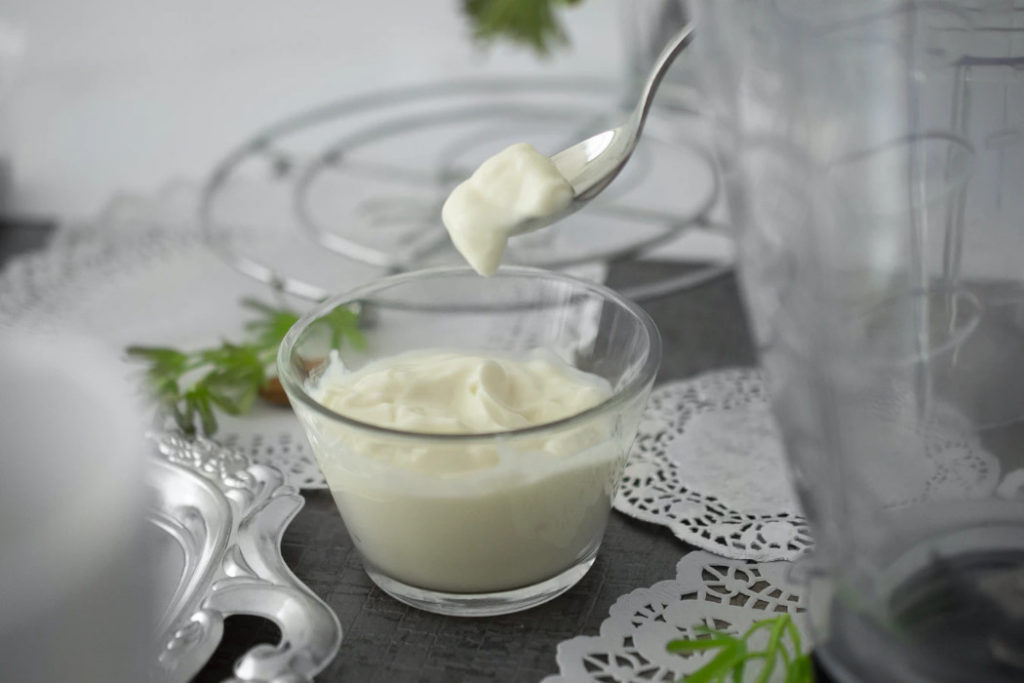The measurement of the carb content of food with the pace with which it increases your blood glucose levels is called the glycemic load. The Glycemic Index provides a number to each food item according to how it increases blood glucose levels. It helps in the comparison and finding alternative healthier nutrient sources according to blood glucose levels. Glucose has a higher blood glucose response in comparison to fructose.
Yogurt is one of the most popular fermented dairy products in the world that is made when bacteria is added. It contains beneficial bacteria and is an excellent probiotic, provides various health benefits. According to the International GI Tables, it has a Glycemic Index of 14, which is low. It has been consumed for thousands of years and is now gaining extreme popularity as meals, snacks, desserts, and more.

Yogurt is extremely high in nutrients.
- Protein
- Vitamin B12
- Calcium
- Phosphorous
- Riboflavin
How to Calculate Glycemic Load of Curd?
The standard Glycemic index of curd is 14. If we want to talk about diet, the key to prevent diabetes or any chronic illness is to distribute the carbohydrate consumption content throughout the day and manage the sugar levels in the body correctly— curd or plain yogurt is extremely low on carbs, and it also has a very low GI value. So you can use them regularly in your smoothies and any protein-rich shakes.
The Formula/Procedure For Calculation of Glycemic Index of the Curd :
GL = GI * carbs / 100
where
- GL – glycemic load;
- GI – glycemic index;
- and carbs – the amount of carbohydrates in the portion.

| SL.NO | CURD BY WEIGHT IN (g) | GLYCEMIC LOAD |
| 1. | 100 g of Curd | 0.48 (low) |
| 2. | 250 g of Curd | 1.2 (medium) |
| 3. | 500 g of Curd | 2.4 (high) |
| 4. | 1 Kg of Curd | 4.8 (very high) |
| 5. | 1 Cup of Curd (150 g) | 1.12 |
Is Curd Safe to Consume If You Have Diabetes?
Curd has healthy bacteria that contain probiotics that improve gut health. Gut bacteria play an important role in a number of health conditions like obesity and diabetes. The consumption of curd is associated with lower levels of glucose resistance and systolic blood pressure. A study has shown that yogurt consumption that is a part of a healthy diet can reduce the risk of type 2 diabetes. However, if one has diabetes, they must preferably make curd at home or find no sugar alternatives.
Can I Eat Curd During a Fat-Loss Diet?
You can eat curd as a part of your fat-loss diet. However, make sure to get sugar-free curd. We suggest you do not consume more than 250 g in one serving.

- A 250g serving of curd has a GL of 1.2 which is low.
- Curd as a salad ingredient, smoothie ingredient is premissible in a fat-loss diet.
Can I Eat Curd During a Low-Carbohydrate Diet?
You can eat curd during a strict low-carb diet. However, you must be careful about the quantity you consume. We suggest you not consume more than 200 g of curd per servings.
Is Curd High in Sugar?
100 g of curd has 2.7 g of sugar and 3.4 g of sugar. That been said, curd is very low in carbs and sugar. It is one of the healthiest snacks and dressing of all time. You must definitely add it as a part of your healthy diet.